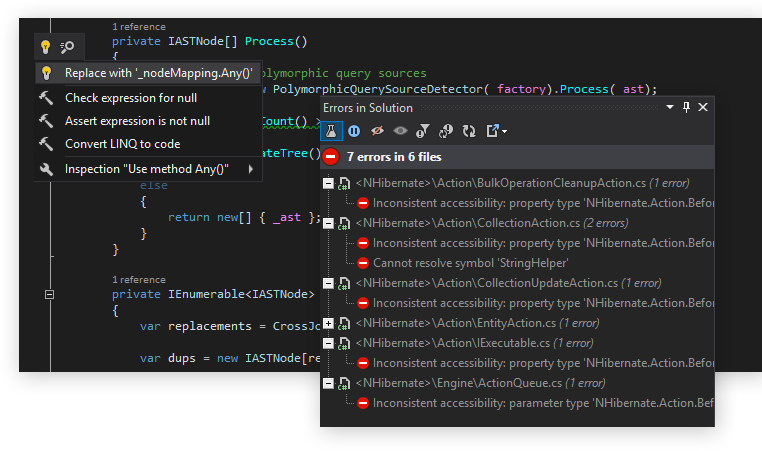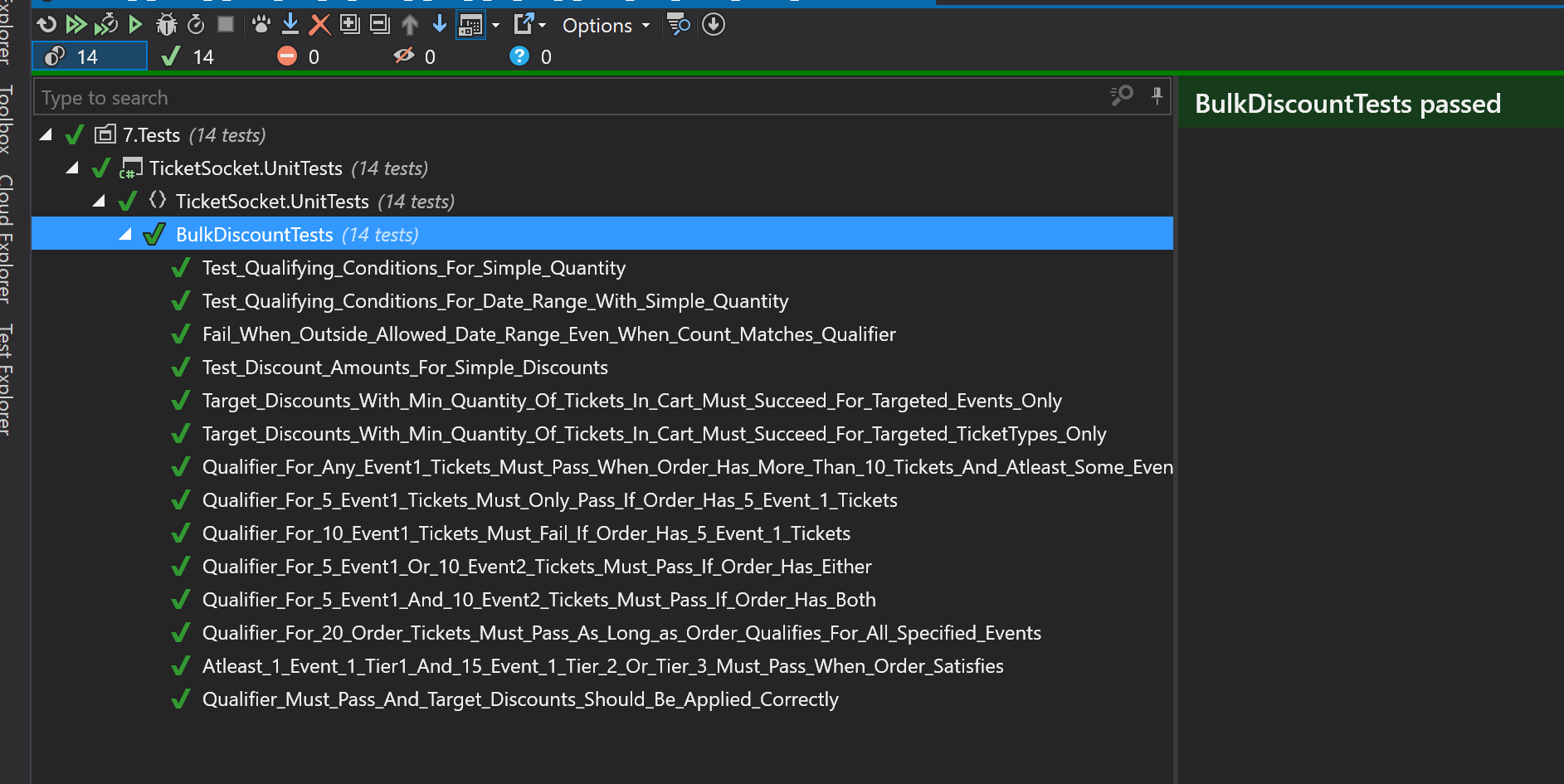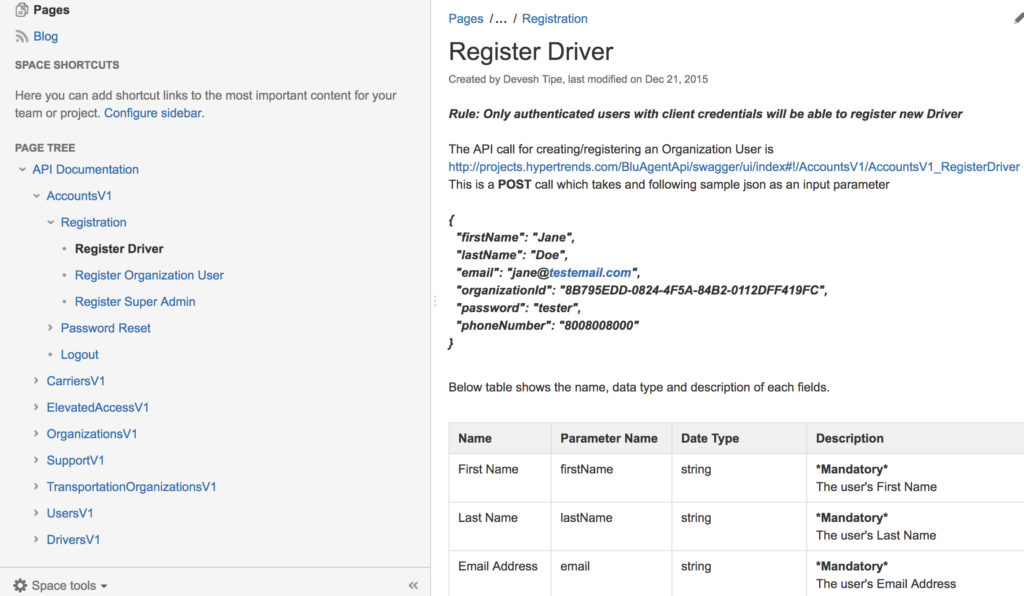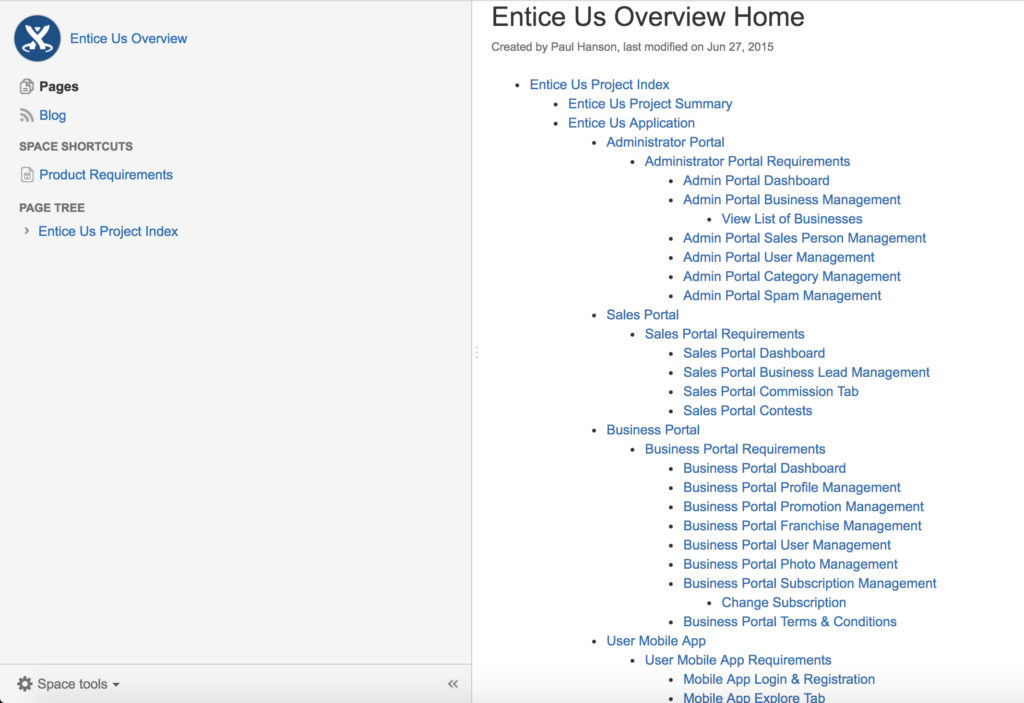Software Development FAQ
Here are some of the most Frequently Asked Questions that our customers ask us when they seek our services for custom software development. This list is updated regularly.
What standards/processes do you follow for Software Development?
- Resharper – At HyperTrends, we follow some of the most highly recommended patterns and practices by the community and enterprises like Microsoft. Our source code is formatted using tools like Resharper which ensure that all software is constructed using the same guidelines and standards.
- AngularJS Guidelines – We also follow some of the best standards in the industry for AngularJS development and for ES6.
- SOLID Object Oriented Development – We follow the SOLID approach of Object Oriented Development to ensure code is reusable and follows some of the highest standards.
- DIDI (Agile/SCRUM) Methodology – Our DIDI methodology is Agile/SCRUM on steroids and allows building quality software using rapid iteration.
- Peer Reviews/Internal Wikis – We follow weekly peer code reviews and have internal Wikis that identify standards of Software Development.

What kinds of documentation and/or release notes are created with each revision of code?
We use a medley of tools depending upon the nature of the project. Most of our requirements are documented in Confluence and necessary cases are linked into Confluence from a JIRA or a Trello board. Developers are fully aware of any milestones associated with each working sprint and have the necessary documentation including the wireframes handy. Because the customer signs off on the features implemented in each sprint, the release notes are automatically built out of the cases in that milestone.
What is your methodology for creating test plans and test reports?
We strive to achieve TDD (Test Driven Development) as much as we can. Doing so makes it very easy for us to build Unit Tests, Integration Tests for the products we develop.
In the past, we have worked with UI Automation Testing tools like Selenium and will happily undertake this task with additionally budgeted dollars.
Most of the tools we use integrate with our development environment and let us seamlessly execute tests before each release cycle to confirm that subsequent release cycles do not break any previously functional features.
It is not uncommon for us to have projects with 3000 or more unit tests.

Which tools and methods does your firm use for software issue reporting and resolution?
We have successfully used tools like FogBugz, JIRA and Trello for our project management, Issue Reporting and resolution. These are industry standard tools and are very reliable and offer an efficient way of closing the feedback loop in real-time.
In addition to Software Development, do you offer UI/UX Design and Development Services?
Yes. We strongly believe that good design is great for business. Every project of ours undergoes a UI/UX design phase before the development commences.
We build Balsamiq wireframes, Invision App screens (for iPhone App Development) and work with our designers (or design partners) to build beautiful user interfaces, app development guidelines, general UI philosophies for the products we develop.
How frequently do you post updates while development is underway?
We usually roll out updates to the development server on a nightly basis. That doesn’t imply that our customers need to test on a nightly basis. We generally recommend customers to review our work weekly in order to check the overall progress and offer feedback as necessary.
We usually have an Acceptance phase for the work developed in a prior sprint while developers are working on the next sprint. During this phase, customers can test the work and offer feedback, recommend any changes to be made.
How do you bill for your projects?
We believe in working on monthly retainers only. We do not undertake projects that do not meet our minimum budgetary requirements. With a monthly retainer, it is easy for us to scope out our development efforts and offer better customer service.
In the past we have worked on fixed-bid projects and have often found out that requirements (or the product needs) change as we undergo development thereby causing confusion among the project stakeholders as far as the pricing or deliverables are concerned. This is often the most complex area we have to navigate as a result of working on a fixed bid basis.
With a monthly retainer model you get fixed allocated hours from our team and are fully aware of the milestones that will be accomplished for that duration. This helps in managing expectations at both ends. In a rare case in which we identify unforeseen complexities, we will notify you in writing so that you understand any increases in scope or proposed costs.
Where do you host your applications?
We offer Cloud-based hosting on 2 of the largest Cloud providers viz. Amazon and Microsoft Azure. Microsoft Azure is our platform of choice for most of our customers due to the ease of use and the plethora of Enterprise features available for customers.
We are currently undergoing intra-team trainings for “Docker” based hosting and will very soon offer that as one of our services for our customers.



